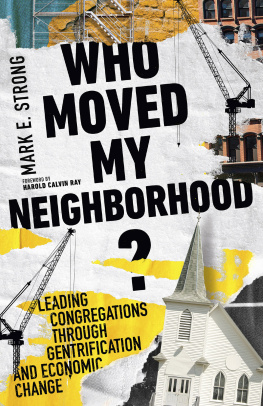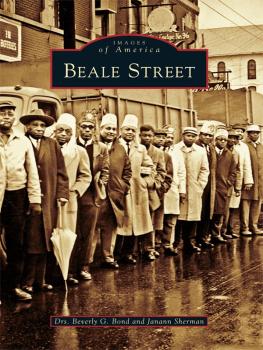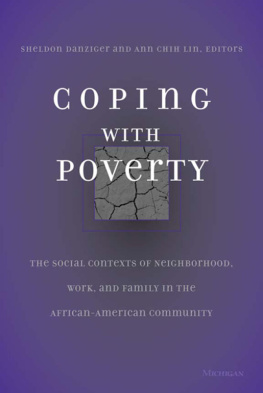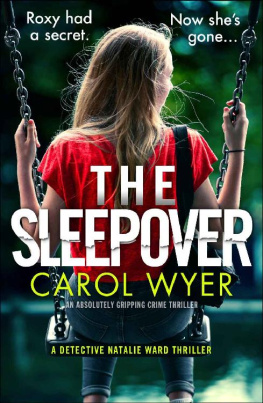ACKNOWLEDGMENTS
For the many hours they spent with me discussing the initial concept for this book, I thank Rabbi Raphael Adler, Rafe Martin, and Mark Kramer.
This book went through many drafts and I am indebted to friends and colleagues who slogged through them and offered their good counsel: Guy Kettelhack, Andrew and June Lovenheim, Robert Lovenheim, Larry Merrill, Susan Kramarsky, Jan Goldberg, Andrea Barrett, Joan Brumberg, David Brumberg, Eli Cohn-Wein, Amy Mantell, Marie Lovenheim, Susan London Gordon, Irina Novozhenets, and Mark Kramer.
I especially thank my friend Byron Rubin, who read two complete drafts and spent many hours discussing with me what might be done to improve things. Patricia McClary also read multiple drafts. Her insight and humor were of great value. Similarly, I thank my late cousin and friend, Herbert Siegel, for his careful reading and excellent editing. As an editor, Herbert was patient, kind, and generous, as he was in life. And to my lifelong friend, Rabbi David Katz, I am indebted for countless hours of stimulating and helpful discussion, debate, and encouragement as we puzzled out together the pieces and direction of this story.
Along the way, I was privileged to engage the services of Sarah Flynn, writer and editor, whose excellent editorial help both improved the manuscript and sustained me when it was unclear if the book would ever find an audience.
I also thank my Writers Group, who listened to early chapter drafts and offered suggestions and encouragement: Zena Collier, Kathy Johncox, Marianne Zeitlin, Rahul Menta, Lisa Rubiner, and Gail Hosking Gilberg. And I remain grateful to a few special teachers and editors who taught and inspired me: first and foremost, Clayton ODell, as well as Elizabeth Hart, Sandy Tropp, Mary Anna Towler, and Howard White.
Thank you to William Maley, Brighton Town Attorney, for assisting with access to public records; to Tom Low, Brighton Commissioner of Public Works, for letting me view archival sewage inspection footage; and Mary Jo Lanphear, Brighton Town Historian, for helping me learn about the history of my neighborhood. Moreover, I thank Dave, Doug, and Mike McEwen for sharing with me their memories and artifacts of the real Houston Barnard. And thank you to Tony Toscano for his skillful efforts with computerized imaging as I sought to capture an entire street in one photograph.
Im not sure this book would have been published if my daughter Sarahs friend, Lisa Bonos, of the Washington Post, had not turned to me at dinner one evening and said, This book youre writing about sleeping over at your neighbors houses might make an interesting essay for the paper. And I thank the Op-Ed Page staff of the New York Timeseditor David Shipley and Mary Duenwaldfor publishing the piece and for their superb editing.
How can I thank the neighbors who opened their doors and their lives to me? I value our deepened friendships; I hope I have honored your trust. Thank you to: Lou Guzzetta, Deb and Dave ODell, Jamie Columbus, Bill Fricke and Susan Hyman, and Patricia DiNitto. Also, my thanks to a few neighbors whose stories did not make it into the book, but whose help and encouragement I nonetheless appreciate: Rose-Marie Klipstein, Carol and Michael Yunker, Pat and Irene Burke. I thank Phil Marshall, musician and music therapist, for his compassion toward my neighbor, and that unforgettable bedside rendering of Love Me Do.
When I began this project, I hoped that out of a tragedy something positive might emerge. For Ertem and Robert Beckmans trust in allowing me to attempt that, I am honored and deeply grateful. To Ertem, Robert, Orhan, Marcia, Peter, and Kendall: thank you. Similarly, thank you to Ayesha Mayadas and Bill Kenny.
That brings me to two people without whom none of this would be possible. My agent, Geri Thoma, who persevered long after others might have given up, and Marian Lizzi, my editor at Perigeewhat a privilege and pleasure it has been to work together.
Finally, I thank my children, who always inspire and sustain me: Sarah, Val, and Benyour curiosity, humor, steadfastness, and love make it all worthwhile. To each other, may you always be good neighbors.
SOURCES/RESOURCES
Bearman, Peter. Doormen (Chicago: University of Chicago Press, 2005), pp. 6, 66, 95, 121, 124.
Brayer, Betsy. Who Was Houston Barnard? Historic Brighton News 1, no. 2 (Fall 2000): 7.
Duany, Andres, Elizabeth Plater- Zyberk, and Jeff Speck. Suburban Nation (New York: North Point Press, 2000), pp. 40-41.
Earle, Alice Morse. Home Life in Colonial Days (New York: The Macmillan Co., 1898), pp. 388, 390.
Finn, Marcia Hibbs, ed. A History of the Town of Brighton, 1814-1989 (Monroe County, NY: 175th Anniversary Committee, 1989).
Gottlieb, Jane. Growing Together, Real Simple, June 2007.
Hampton, Keith, and Barry Wellman. Neighboring in Netville: How the Internet Supports Community and Social Capital in a Wired Suburb, City & Community 2, no. 4 (December 2003).
Keats, John. The Crack in the Picture Window (New York: Houghton Mifflin Co., 1956).
Jackson, Kenneth T. Crabgrass Frontier: The Suburbanization of the United States (New York: Oxford University Press, 1985), p. 250.
Latson, Jennifer. Isle Neighbors Prevail by Banding Together, The Houston Chronicle, September 22, 2008.
Liukkonen, Petri. Biography of Conrad Aiken. Available online at www.americanpoems.com/poets/Conrad-Aiken.
Mumford, Lewis. The City in History (New York: Harcourt, Brace & World, 1961), p. 512.
Onyx, Jenny, and Paul Bullen. Measuring Social Capital in Five Communities in NSW, Journal of Applied Behavioral Science 36, no. 1 (March 2000): p. 23 and App., Part D.
Putnam, Robert. Bowling Alone (New York: Simon & Schuster, 2000), p. 19.
Rose, Reginald. The Incredible World of Horace Ford, season 4, episode 117, The Twilight Zone, directed by Abner Biberman, original air date: April 18, 1963.
Wellman, Barry, and Keith Hampton. Living Networked in a Wired World, Contemporary Sociology 28, no. 6 (November 1999).
Waking at Lous
THE alarm on my cell phone rang at 5:50 a.m., and I awoke to find myself in a twin bed in a spare room at my neighbor Lous house.
Lou was eighty-one. His six children were grown and scattered around the country, and he lived alone, two doors down from me. His wife, Edie, had died five years earlier. When people learn youve lost your wife, he told me, they all ask the same question. How long were you married? And when you tell them fifty-two years, they say, Isnt that wonderful! But I tell them no, it isnt. I was just getting to know her.
At 6 a.m., a grandfather clock on the first floor struck. It played the eight-tone Westminster Chime and then bonged out the hour.
Lou had said he gets up at six, but I heard nothing from his room down the hall. Had he died? He had a heart ailment, but generally was in good health. With a full head of silver-gray hair, bright hazel-blue eyes, and a broad chest, he walked with the confident bearing of a man who had enjoyed a long and satisfying career as a surgeon.
My legs and feet were cold. That was because I was wearing a night shirt. Id never worn one before, but Lou had made me. All night long it twisted and bunched up around my waist, leaving me half-uncovered.
THE previous evening, when Id arrived with my overnight bag, Lou had welcomed me right away. He hung up my winter coat and showed me in. His little gray schnauzer, Heidi, yapped and jumped at my feet.
In the living room, Lou sat on the sofa; Heidi lay nearby. He wore a Christmas red, button-down sweater over an olive green polo shirt and khaki slacks. He sipped a gin and tonic. His speech was slurredfrankly, he seemed a little drunkand he was coughing. The cough, he said, was because hed started smoking again.









